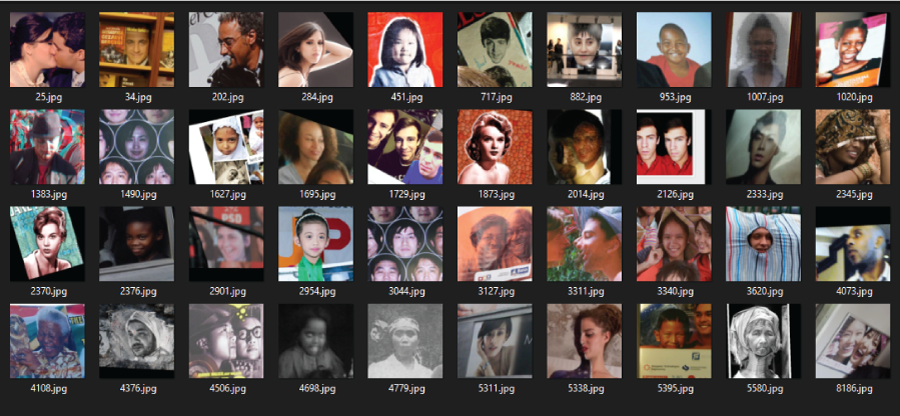July 10, 2023
ANNOUCEMENT

Mike Olsen, Founder & CEO July 28, 2023
It is critical to regularly test and audit AI features when choosing an AI-powered product like Proctorio. While most AI products do not conduct this type of testing and those that do often do not have a third party conduct the tests, it is important to know that Proctorio not only takes AI seriously but has been engaged in external AI audits since 2019. We make these reports available to current and prospective partners along with all our audits (SOC, ISO, E2EE, etc.) in our public trust center. As published in 2021 by NPR, Proctorio continues to maintain that its auditors have “found no measurable bias” in our face-detection models.
While it is completely acceptable to question these claims and run your own analysis, we have unfortunately continued to see discredited research pop up from time to time. Despite its inaccurate and flawed approach to testing our models for bias, it continues to be referenced.
At the heart of these flawed and inaccurate reports lies a dataset called FairFace. While this dataset has been used to benchmark other facial detection algorithms and check them for potential bias, it can’t be used to test Proctorio because the FairFace dataset is not appropriate for the algorithm and its intended application. See the image below for a sample from the FairFace dataset.

The FairFace dataset contains composite images, photos of photos, with replaced backgrounds, children, cartoon images, photos with graphics, people intentionally hiding their faces, and partial side views of faces, all of which do not simulate a live test-taker’s remote exam experience. None of them were taken via a webcam.
For example, children and cartoons don’t take tests so including those images as part of the data set is unrealistic and unrepresentative.
Despite being described by Satheesan and their coauthor and friend Johnson as “a flawed blog post that relied on an unrepresented dataset” journalists continue to irrationally reference the work to this day.
Note: This blog post was updated for clarity on October 17, 2023.